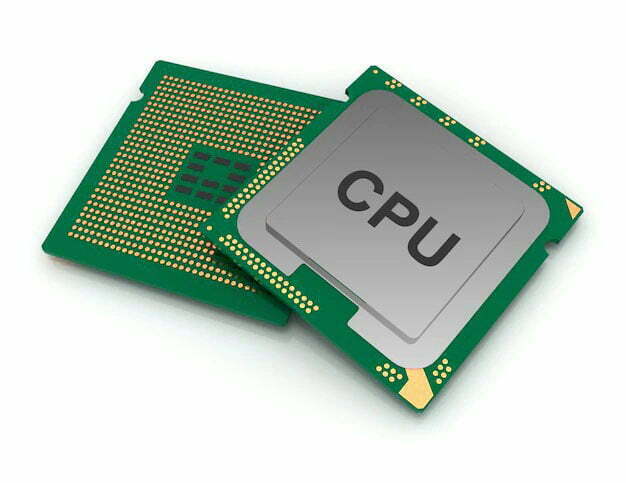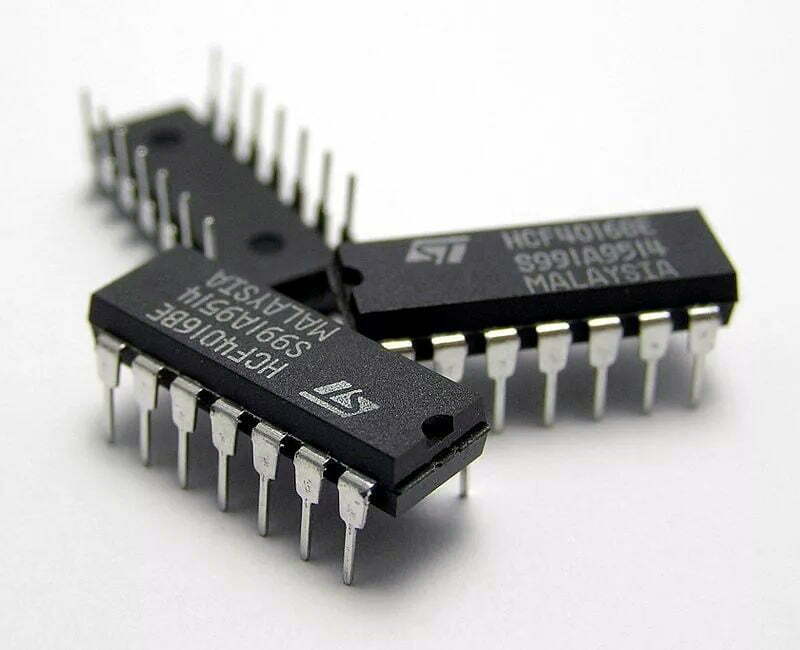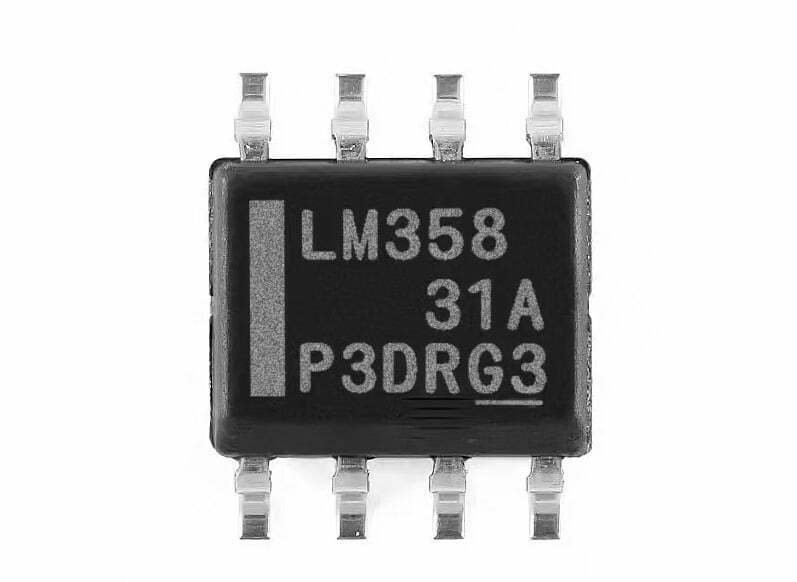An integrated circuit chip that integrates a central processing unit CPU, RAM, ROM, I/O ports, and an interrupt system is known as the single-chip microcomputer. The microcomputers became popular in the 1970s and 1980s due to the increasing power of microprocessors. Single-chip microcomputers have gone from 4-bit and 8-bit designs to the current 300M high-speed single-chip microcomputer.
History of Single-chip Microcomputer
The single-chip microcomputer was first developed in the early 1970s. The earliest examples were the Intel 4004 and the Motorola 6800, both of which were released in 1971. These early microcomputers were used primarily for scientific and industrial applications.
Intel 4004 - 1971s
The development of the microprocessor in the early 1970s made single-chip microcomputers possible. The microprocessor is a computer processor that is fabricated on a single integrated circuit. The first microprocessor was the Intel 4004, which was released in 1971.

Commodore PET - 1977s
The first mass-produced single-chip microcomputer was the Commodore PET, which was released in 1977. The PET was followed by the Apple II, which was released in 1978. The Apple II was the first microcomputer designed for use in the home. It was soon followed by other home computers such as the TRS-80 and the Commodore 64.
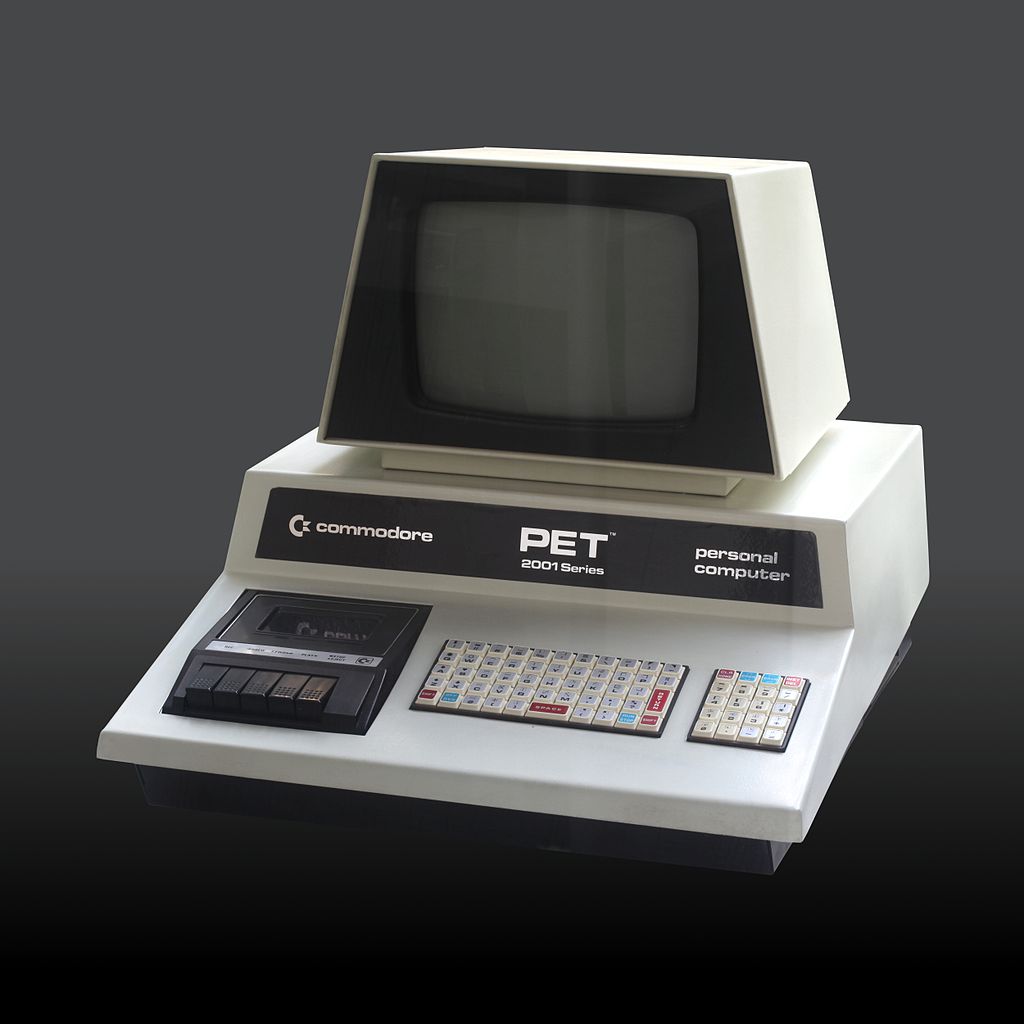
The single-chip microcomputer revolutionized the computer industry. They are much smaller and cheaper than earlier computers, and they use less power. This made them ideal for use in a wide variety of electronic devices, including automobiles, appliances, and toys.
As microprocessors became more powerful, single-chip microcomputers became more sophisticated. They were able to perform more complex tasks, and they became more powerful. Today, single-chip microcomputers are some of the most popular and widely used computers in the world.
Basic Structure
The basic structure of a single-chip microcomputer typically consists of a central processing unit (CPU), read-only memory (ROM), random access memory (RAM), input/output (I/O) ports, and an interrupt controller.
- The CPU is the brain of the microcomputer, responsible for carrying out the instructions of a program.
- ROM stores the program instructions that tell the CPU what to do.
- RAM is used for storing data and programs that can be accessed and changed by the CPU.
- I/O ports provide a means for the microcomputer to communicate with the outside world.
- The interrupt controller is responsible for handling interrupts, which are special signals that indicate that an event has occurred that needs the attention of the microcomputer.
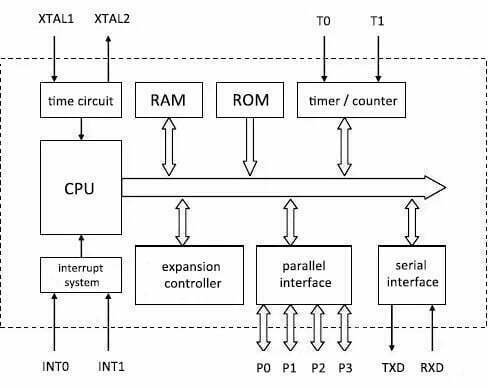
Main Features
- Small Compact: They are very compact and require very little external circuitry. This makes them well suited for applications where space is limited, such as in handheld devices or embedded systems.
- Relatively Inexpensive: they can be very inexpensive to produce, since all of the components are contained on a single IC.
- Low Power Consumption: it generally consumes less power than a conventional microprocessor. This is due to the fact that the individual components on the chip are much smaller and require less power to operate.
Applications
Single-chip microcomputers are found in a wide variety of devices and applications. They are used in everything from automotive engine control systems to portable consumer electronics.
Consumer Electronics
Single-chip microcomputers are found in many consumer electronics products, such as digital cameras, portable media players, and GPS devices. In this case, they perform all the functions of a complete computer, such as processing data, storing information, and running applications.
Automotive
A microcomputer might be used to control the engine and transmission in a car, they manage and coordinate the operations of other devices in the system.
Industrial Control
Single-chip microcomputers are often used in embedded systems because they are small, low-power, and inexpensive. An embedded system is a computer system that is designed to perform a specific task or tasks within a larger system.
Medical Equipment
Single-chip microcomputers are becoming increasingly common in medical equipment, mainly because of intelligent monitoring of patient physical data, some of which can be worn by the patient and collect data from the patient’s body. This data is then processed by the control system in the background.
Intel MCS 51
The Intel MCS-51 (also called 8051 mcu) is an 8-bit microcontroller architecture that was developed by Intel in the early 1980s. It was one of the first microcontrollers on the market and quickly became popular for its wide range of capabilities and low cost. The 8051 mcu was originally designed for use in embedded systems, but it quickly found applications in a variety of other fields, including automotive and industrial control.

MCS 51 History
The 8051 was originally developed as a controller for Intel’s new 8086 processor. The 8086 was a 16-bit processor, meaning that it could process two bytes (16 bits) of data at a time. The 8051 was designed to be a more efficient and less expensive alternative to the 8086 for applications that did not require the extra processing power of the 16-bit processor.
There’re three versions: the standard 8051, the low-power 8052, and the high-speed 8031. The 8052 was identical to the 8051, except that it included an on-chip oscillator which reduced the need for external components. The 8031 was designed for applications that required a high-speed 8051, and included an on-chip clock multiplier which increased the internal clock speed from 6 MHz to 12 MHz.
The 8051 was very popular, and quickly became the standard microcontroller for a wide range of applications. In 1998, Intel released an updated version of the 8051, called the MCS-51. The MCS-51 included a number of enhancements over the original 8051, including more on-chip memory, an enhanced instruction set, and support for higher clock speeds.
MCS 51 Architecture
The logic components of the MCS-51 microcontroller include an 8-bit CPU and on-chip oscillator, 80514B mask ROM, 87514KB EPROM, 8031 no ROM, special function register SFR128BRAM, timer/counter T0 and T1, parallel I/O interface: P0 , P1, P2, P3; serial interface: TXD, RXD; interrupt system: INT0, INT1.
Functions
The 8051 has a wide range of capabilities and can be programmed to perform a variety of tasks.
- CPU with 8-bit data bus and 16-bit address bus;
- Possess Boolean processing capability and bit processing capability;
- The Harvard structure is adopted, and the address space of the program memory and the data memory are independent, which is convenient for programming;
- 64KB program memory and 64KB data memory at the same address;
- 0-8KB on-chip program memory (8031 has no, 8051 has 4KB, 8052 has 8KB, 89C55 has 20KB);
- 128 bytes on-chip data memory (8051 has 256 bytes);
- 32 bidirectional and bit-addressable I/O lines;
- Two 16-bit timers/counters (8052 has 3);
- A full-duplex serial I/O interface;
10. The interrupt structure of multiple interrupt sources has two interrupt priorities;
11. On-chip clock oscillator.

